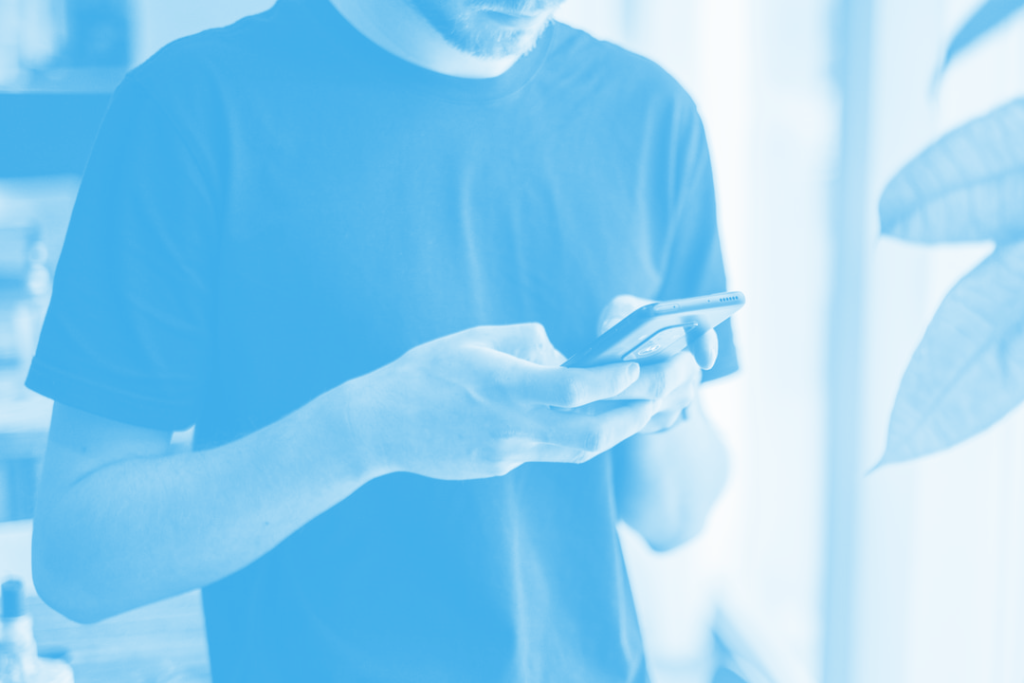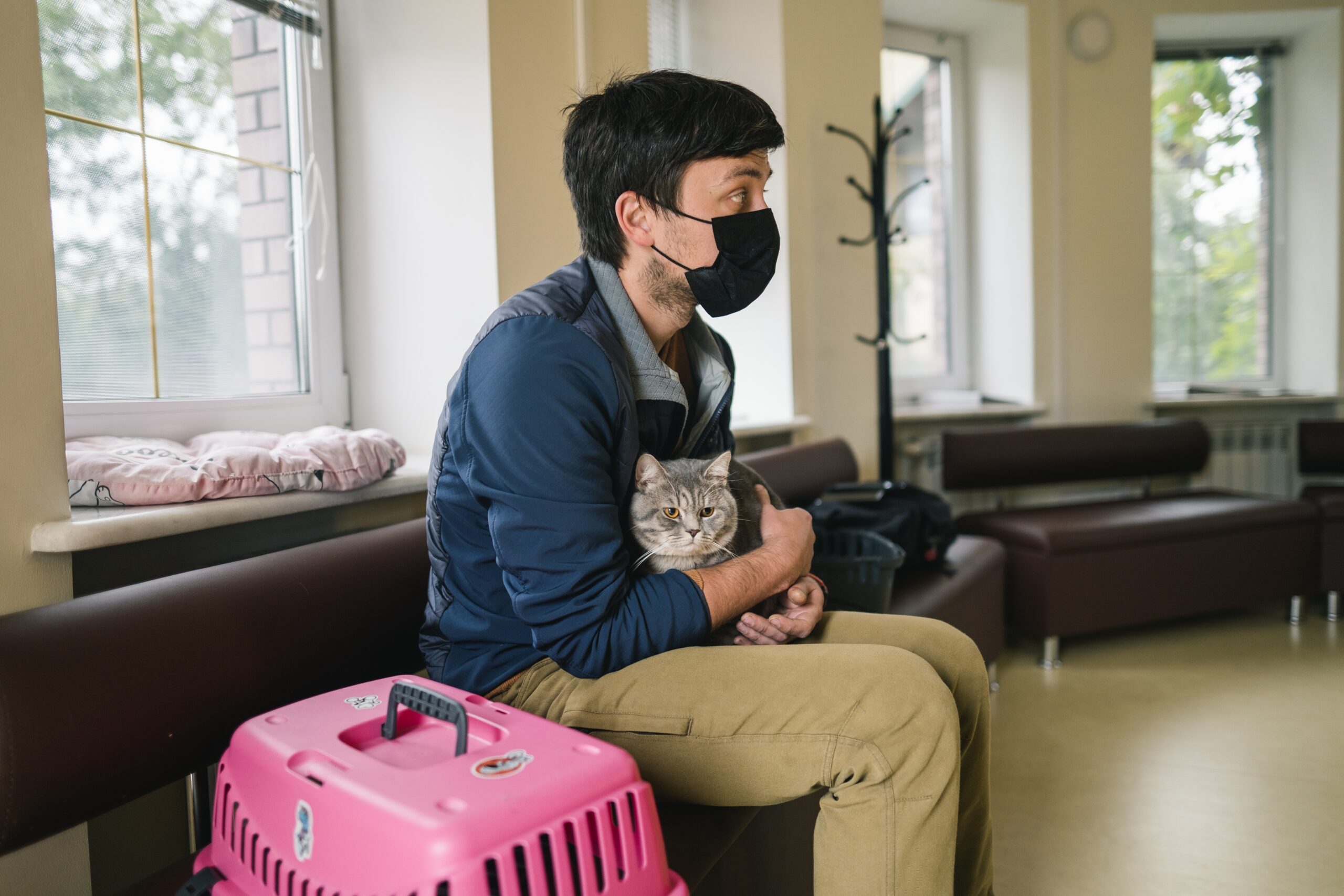Contactless patient intake digitizes the workflow that enables patients to check in for scheduled and walk-in visits at veterinary ERs, urgent care clinics, and hospital emergency centers using their own devices from their homes, cars, or any other location.
The COVID-19 pandemic changed patient check-in from a matter of convenience to one of safety. Safety protocols combined with multiple surges in transmission rates have heightened the need to collect patients’ signatures, demographic information, ID and insurance images via digital devices instead of pre-pandemic norms that often relied on manual, in-person workflows.
In addition to reducing potential virus exposure for both patients and staff, staff needed ways to quickly collect this information without relying on phone calls.
Though we are now largely living in a post-pandemic world, many of these features have remained fixtures in medical facilities. For example, wearing a face mask in urgent cares and ERs is still commonplace and many patients continue to appreciate the convenience of cutting down time spent in the waiting room and filling out digital intake forms from a more comfortable location.
On a practical level, this makes sense for medical organizations. By continuing some of the safety measures introduced during COVID-19’s peak, you can also potentially help prevent the transmission of other airborne illnesses and place less administrative burden on your staff by having them manage intake paperwork manually.
Today, there are still three primary benefits that providers can enjoy from continuing to use contactless patient intake, including:
- Reduce call volume
- See patients faster
- Focus staff on more valuable activities
First, what defines “intake?”
Intake encompasses everything that staff needs to collect before the visit, including:
- Appointment book / hold your place in line
- Visit confirmation / reminders
- Pre-visit registration
- At-home, in-lobby, or curbside check-in system
- Chief complaint / visit reason
- Demographic information
- Consent forms
- ID card capture
- Insurance card capture
- e-signature
- Payment options
- Payment collection
- Review of systems
1: Reduce call volume
Anytime a community experiences a common health condition, like during flu season, call volumes and demand for services also increase. Typically, call volume spikes as patients call for information about hours, appointment availability, test results and wait times.
However, the largest driver of call volume comes from the need to remotely collect intake information, via phone call. Each patient typically triggers one to two inbound calls, plus two to three outbound calls.
Each of these calls last five to seven minutes on average, with some urgent care clinics receiving 30 inbound registration calls in the first 10 minutes of the day. In turn, time spent fielding calls means more time away from other aspects of your operations and serving patients presently at your facility.
Digital contactless patient intake immediately reduces this call volume by enabling patients to submit all of their intake information from their mobile device or in-lobby tablet or kiosk. Many clinics push this process further upstream to have patients complete their intake at home.
You don’t have to take what we’re saying at face-value, though. Learn more about how an animal hospital was able to successfully eliminate five phone calls per visit using ER Express.
2: See patients faster
Picture this: an urgent care clinic opens at 8:00 am and has twenty patients already at the door. Signage directs them to call the front desk to register. The clinic staffs two phone lines and can register a patient in five minutes on average.
Guess what time the 20th patient gets registered? Probably not until almost 9:00 am! This phenomenon, sometimes dubbed “a line just to get in line,” can add 30% to the average length of staff.
However, contactless patient intake vastly reduces the intake time because it enables almost unlimited simultaneous, parallel registration. Reimagine the above scenario: twenty patients all start filling in their intake information from their phones.
While some patients will complete it faster than others (depending on whether they have visited before, need to update their insurance, etc.), all 20 will get registered by 8:10 am. Staff can review, triage, and prioritize all twenty patients. They can spot the patient presenting with shortness of breath or the dog that ate chocolate immediately.
As a result, patients with more urgent medical needs can be treated more quickly than others who may just be visiting for a minor complaint. By prioritizing patients based on need, you can more efficiently move them through treatment and more accurately allocate the appropriate resources to do so.
This isn’t just a hypothetical scenario. With the right solutions in place, it’s achievable. One urgent care clinic measured 30% shorter throughput times after it implemented contactless patient intake.
3: Focus staff on more valuable activities
Manual intake consumes front office staff efforts on data entry related activities. This can include tasks such as verbally getting information from the patient, typing it into the practice management system, scanning insurance cards, and then uploading those images, etc.
Additionally, they spend time answering the same set of questions related to managing patients’ expectations, most often around wait times. With a contactless, digital system, you can proactively provide answers to these frequently asked questions and set accurate expectations for patients that are considering visiting your practice.
As an added benefit, contactless patient intake removes 80-90% of the data entry. Staff can reallocate their time toward more valuable activities such as verifying eligibility insurance, collecting payment, or helping patients with unique circumstances (out-of-towners, out-of-network benefits, etc.).
In addition, contactless intake can include text message updates that give patients answers about why they can expect to wait longer than normal as well as how many patients have signed in ahead of them. This transparency enables them to make more-informed decisions about when to plan their visit so that they can have a more enjoyable experience that better suits their preferences.
Virtual queuing and automated texts, as part of contactless patient intake, delivers all these benefits without the challenges of posting wait times. Your staff will not have to manage any of the communication directly, enabling them to spend more of their time focused on more impactful aspects of their roles at your animal emergency department, urgent care, or ER.
Get Contactless Check-In with ER Express
At ER Express, we support animal health practices, urgent cares, and emergency departments with innovative patient engagement and digital intake software, enabling you to offload many recurring administrative tasks and simultaneously manage patient expectations. Learn more about how ER Express supports contactless check-in workflows, including at-home and car check-in.



